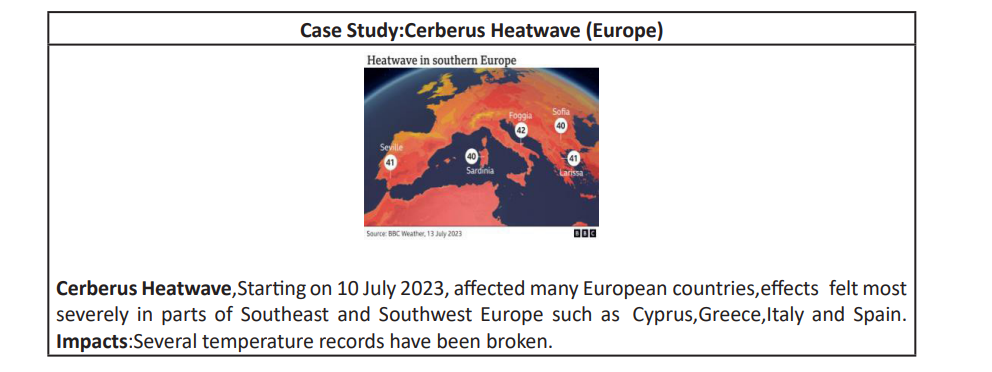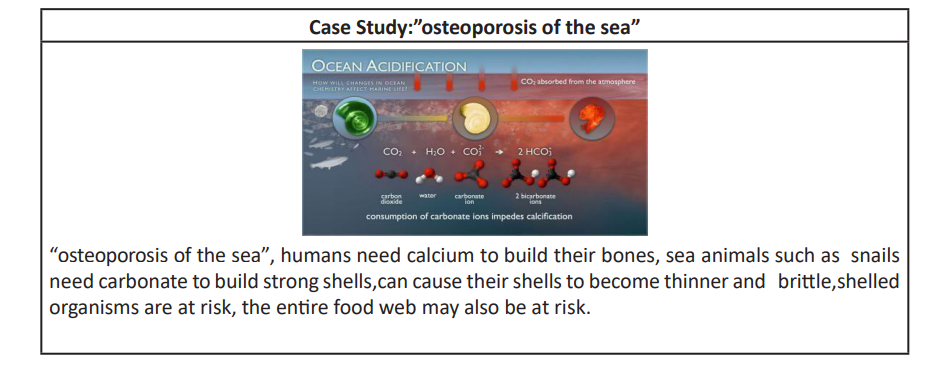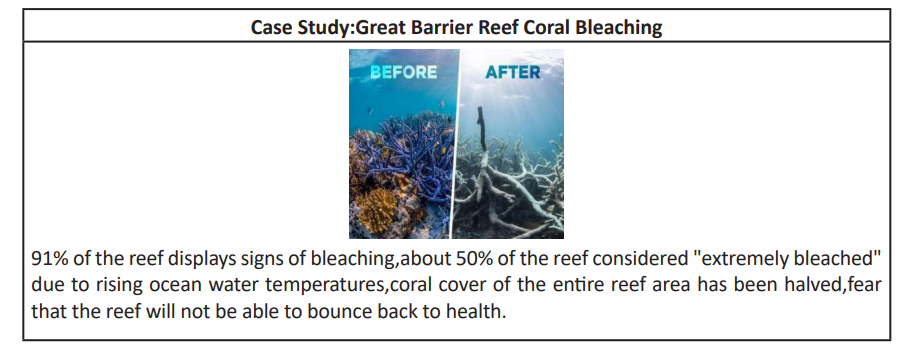
The relentless rise in surface temperatures across the globe presents a formidable challenge with far-reaching consequences that imperil the delicate balance of our planet’s ecosystems. This escalating temperature trend, primarily driven by human activities such as deforestation, industrial emissions, and the burning of fossil fuels, has triggered a cascade of potential changes and threats. From the melting of polar ice caps and glaciers to the intensification of extreme weather events, the repercussions of elevated surface temperatures are both widespread and severe. Furthermore, the warming climate poses a threat to biodiversity, agricultural systems, and human societies, emphasizing the urgent need for concerted global efforts to mitigate the impacts of climate change. In this context, understanding and addressing the multifaceted challenges associated with the rise in surface temperatures are imperative for safeguarding the future well-being of our planet and its inhabitants.
Contents
Answer
The temperature of the Earth has been rising since the Industrial Revolution. The Average global temperature on Earth has increased by 1.1 degrees Celsius since 1880. Much of this heating has occurred in the oceans having various adverse Consequences.
Rising temperature has 2 different dimensions, each with its own set of challenges:
- Rising Surface air temperature
- Rising Sea surface temperature
Rising surface air temperature Consequences
- Generally called Global warming, can disrupt Weather patterns, leading to extreme events including Heavy rainfall, droughts, and increased-intensity hurricanes.

- Leads to more frequent and intense heat waves having deadly consequences for vulnerable populations particularly the elderly, children, and homeless.

- Melting of polar ice caps and glaciers, increased sea levels. This can cause coastal flooding, erosion, and displacement of Coastal communities.
- Disruptions in the Hydrological cycle Can result in water scarcity in many regions triggering conflicts over water resources.
- Can impact food security by impacting crop yields and increasing pest attacks and diseases.


Rising Sea Surface Temperature Consequences
- Ocean Acidification which occur when oceans absorb excess carbon dioxide from the atmosphere. This can harm marine biodiversity particularly . organisms with calcium carbonate shells such as corals.

- Sea level rise as a result of thermal expansion of seawater can enhance coastal flooding risks.
- Disruption of the marine ecosystem due to rising temperatures can adversely affect Marine Biodiversity and gene pool.
- Coral bleaching and mass bleaching events.

- Impact on Coastal Communities in terms of compromised habitat and livelihood opportunities can lead to increased climate migrants and associated conflicts.
In such a scenario, switching away from fossil fuels and transitioning to sources that are cleaner and greener for eg. India’s ambitious Green Hydrogen Mission, holds special significance. Adhering to the Paris Agreement targets is a necessity rather than a luxury.
In case you still have your doubts, contact us on 9811333901.
For UPSC Prelims Resources, Click here
For Daily Updates and Study Material:
Join our Telegram Channel – Edukemy for IAS
- 1. Learn through Videos – here
- 2. Be Exam Ready by Practicing Daily MCQs – here
- 3. Daily Newsletter – Get all your Current Affairs Covered – here
- 4. Mains Answer Writing Practice – here

